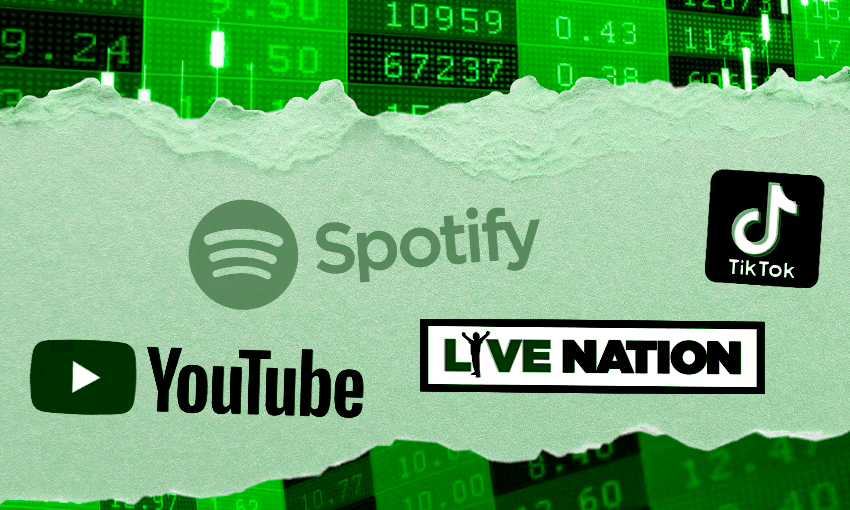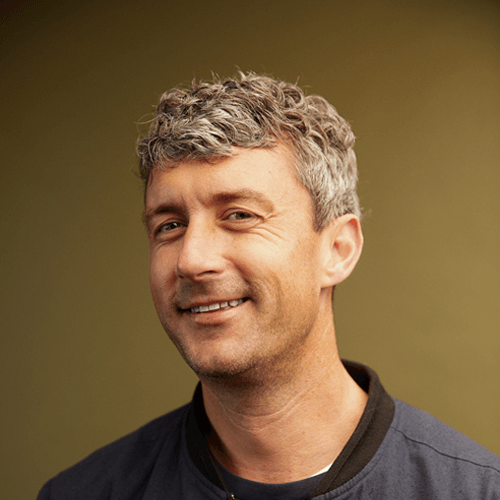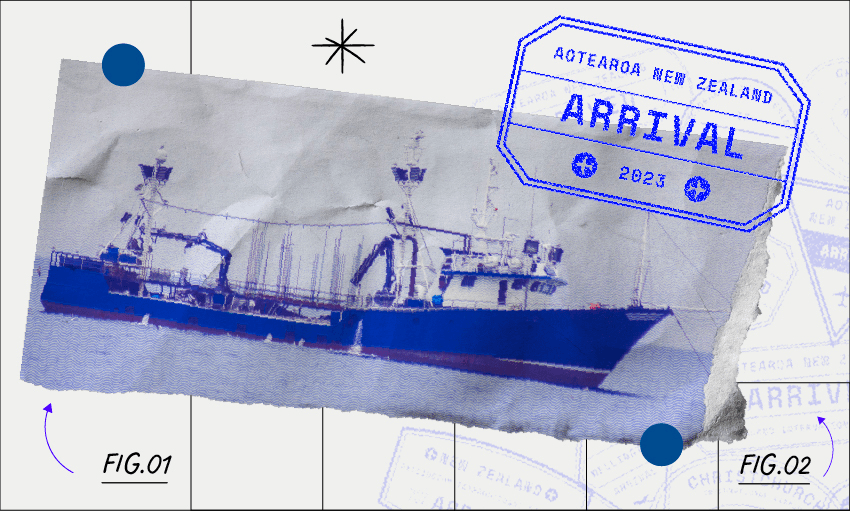Music was the first pop culture to get smashed by the internet. A quarter of a century on from Napster, what does the industry look like?
Pop music has always been at the frontiers of technology. It was a key use case for radio, popularised the compact disc prior to its rise for gaming and computing, and without the iPod, there would be no iPhone. But just because it drives technology doesn’t mean it always benefits from it. The arrival of the internet precipitated enormous changes in how music is distributed and valued. It has massively increased accessibility, without seeing anything like the same returns to artists (outside of megastars like Taylor Swift and Bad Bunny) – an ongoing issue without an end in sight.
As the music industry grapples with technological leaps and cultural bounds, where is it heading next? How are these changes impacting the way artists sound? And what are the opportunities for savvy investors?
At Stake’s Dinner Club, an expert panel will discuss what’s driving music forwards through creativity, innovation and strategic investments. Get your tickets now.
There are multiple interlocking threads which make up the current reality for artists and those who work in and around music. The increase in access to what are known as “creator tools” – cheap or free audio software and low-cost hardware – and the rise of self-service distribution platforms means that it has never been easier to create or publish original music. That has led to an explosion in the number of songs released to streaming services, currently estimated at 120,000 per day. It’s not a perfect comparison, but it’s still shockingly instructive to note that in 2000, at the peak of the CD era, there were around 5,000 albums released in the whole year.
What it means is that in some ways music has become just another form of user generated content (UGC), a few levels up from a Facebook post or Instagram story, but in the same universe. For committed artists, that’s a deeply troubling thought. The low returns to artists generated by platforms like Spotify and YouTube have decimated music’s middle class, which used to be able to live on the revenue from touring and album sales, but are now often struggling.
Yet despite it being challenging for musicians, the realigned state of music has been very lucrative for some businesses. In some ways, the best window into the new economics of music is through sharemarkets, where the winners and losers of the post-internet music industry can be clearly seen. Below I’ll run through four companies with different roles in the music industry, assessing what they do and where they’re going. All of this should be considered a snapshot, though – because the only constant with music is that what is made and how it’s sold is always changing.
Spotify invented streaming and reaped the rewards
NYSE: SPOT
The Swedish streaming giant was the first company to break streaming into the mainstream. It first broke out in 2010, after a clear decade in which recorded music industry revenues had declined every year since their peak around the turn of the millennium. The recorded music industry was always going to be the most exposed to changes in behaviour, with consumption driven by young people who are always the most enthusiastic adopters of new technology, and small file sizes that could withstand a slow internet connection.
When Daniel Ek and Spotify proposed an all-access monthly fee to the major labels, they were humbled enough to give it a go. The labels drove a hard bargain, with 75% of revenues reserved for rights holders (a mix of labels, artists and publishers), but after a lean few years streaming steadily rose to become the dominant consumption behaviour, and the biggest part of industry revenues. That said, its payments to artists are a persistent source of concern and critique, and recently announced changes to royalty distribution thresholds seem unlikely to arrest that trend. There are competitors like Apple, YouTube and Amazon, and TikTok Music is fast rising in some countries, meaning Spotify’s dominance is by no means assured.
Still, its mission is to dominate audio, and no other platform has as big a headstart. It has pushed hard into podcasts and has overtaken Apple’s huge early lead, no mean feat given how much of a structural advantage it had. Spotify’s initial strategy involved acquiring big podcast providers, hoping to increase podcasts’ share of listening time and therefore reduce its payments to labels. However that proved a costly mistake, as many studios’ share of audience declined. It has now settled on treating podcasts as user generated content and selling ads around them. This is smartly being done in partnership with TV platform Roku – Stake’s Megan Stals says they expect ad revenues to grow as these markets mature.
As a business, it has started to make moves that indicate a greater level of maturity. Stake notes that price rises mean its most recent quarter was its first in profit since the start of 2022, and it currently boasts 574m users and 226m paying subscribers. The fact 86% of revenue comes from premium subscribers indicates plenty of room for ad sales to grow. There remain a number of risks – see below – but as of now Spotify, with a US$33.6bn market cap, remains the biggest single player in the music business. Not a bad effort given where it started.
Live Nation rides high on the explosive rise of live music
NYSE: LYV
What Spotify is to recorded music, Live Nation has become to the live sphere. Founded in 1996, it has absorbed a vast number of regional and national promoters to become the dominant force in global touring. Along the way it has also absorbed ticketing platform Ticketmaster and bought hundreds of venues and festivals, giving it an enormous amount of vertical integration and influence over live music. Its properties now include massive international brands like Bonnaroo and Rock in Rio, along with local events like Rhythm n Vines, along with venues, including Wellington’s iconic San Fran Bath House.
The end of Covid-era restrictions has seen a glut of pent up tours, along with demand for experiences which were harder to come by during the lockdown years. That is partly what has driven quarterly revenue up 32% to US$8.2bn, and turnover up 36% up year-to-date. However a huge part of Live Nation’s business is individual artists’ tours. These have recently included Taylor Swift and Beyonce, two mega-hits which drove inflation-impacting levels of travel and spending. They also come with a significant caveat. As Stake’s Stals points out these “particularly high earnings… are not long-term features”. While next year has major tours from Bad Bunny and U2, there is doubt over whether they will reach the kind of record-smashing level Swift in particular has attained.
YouTube is the silent beast of the music business
NASDAQ: GOOGL
Alphabet – the parent company to Google and YouTube, along with a host of less prominent divisions – is such a corporate leviathan that we often don’t think of it at all when it comes to music. That’s a mistake, though, as by some measures YouTube is the most popular music consumption platform in the world. In 2020 it surpassed 2bn users who consume music on it at least monthly. A YouGov survey a year later showed it far outpacing rivals for US usage, with 44% of Americans using it for music, ahead of Spotify (27%), Pandora (25%) and Amazon (24%).
Despite that, it has persistently proven unable to convert that usage into a Spotify-esque music product. So while it has a very successful music use case, its subscription product is centred around removing ads for viewing, rather than a more audio-first experience in competition with music streaming providers. As Stake’s Stal says, its biggest channels aren’t music related, noting that “TV and shorts are important parts of the business – the focus is on improving those rather than new experiences”.
TikTok – you can’t invest but you can’t ignore
There has never been a tech phenomenon like TikTok – its surge to 1bn active users is without parallel, and because it’s a Chinese company its popularity has a geopolitical edge in many countries. The shortform vertical video app did a number of things very well, but one crucial part of its early success was the way it engaged with music rights holders. It naturally encourages users to experiment with song fragments and sounds, often with repeatable dances, in ways which can have a huge impact on the profile of an artist.
Whether the song is new or not is largely irrelevant – Stake’s Stal notes that one of its biggest early hits was Fleetwood Mac’s Dreams, which re-entered the Billboard Hot 100 more than four decades after its release. Other artists, like Olivia Rodrigo and Lil Nas X, have signalled their power by natively understanding the platform, helping drive their rise to mainstream ubiquity. Yet becoming the default place for new music discovery hasn’t been great for all artists, with many feeling like their music doesn’t naturally fit the environment, but still receiving pressure to show up there.
One big thing with TikTok: it’s owned by giant Chinese conglomerate Bytedance, which is privately held. This means you cannot invest in it. Still, anyone investing in music as a category has to pay attention to it, as the company is highly ambitious and a clear direct competitor to Spotify, YouTube and many other parts of the industry should it pursue certain directions.
The big risks
As mentioned at the top, music is always at the forefront of technological change. The biggest recent wave has been the rise and rise of generative AI, which has produced a number of viral phenomena this year, including AI Kanye singing hits from the likes of George Michael, or Ghostwriter using Drake’s voice to make a very convincing “new” Drake song. While these songs have mostly been removed from streaming and UGC platforms, it’s not clear that they are in fact copyright breaches. There is a genuine risk to artists’ earnings, and to discoverability, says Stake’s Stal, if AI becomes more meaningfully involved in music.
The more present risk is regulation. Much of technology has evolved so fast in part because it was never imagined when laws were drafted, or mergers and acquisitions approved. The level of vertical integration at Spotify – where it owns podcast brands, hosting providers, ad sales operations and the platform itself – could become tested.
That’s a hypothetical though. Live Nation is already being challenged about its ownership of everything from venue to ticketing to festivals, challenging competition across vast swathes of the touring landscape. And Google is under siege for what are often perceived as anti-competitive practices, across search, data and more. Its ownership of YouTube is often cited as something which stymies competition, so it could well be broken off in any future settlement with US authorities.
What it all suggests is that while the first part of this century has been a story of the rise of tech platforms and unfettered consolidation, that might not be the whole story. No creative industry experiences more change at greater pace than music – watch it closely and you can see where the whole world is heading across fields like social media, pop culture and travel. As a result, all investors should be paying attention.
The Spinoff is giving away 2x tickets to Dinner Club – be the first to email commercial@thespinoff.co.nz asking for them, and they’re yours!





